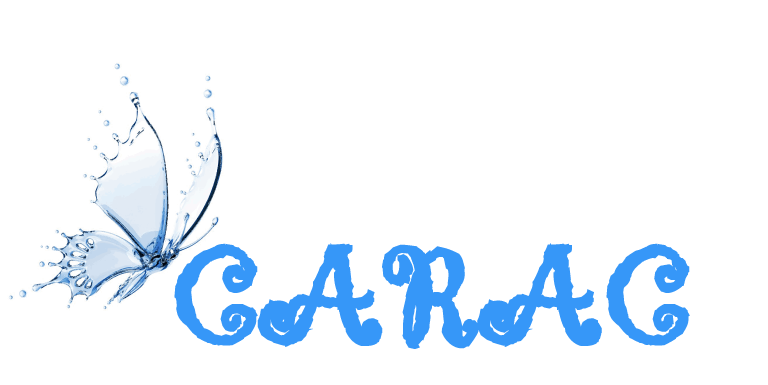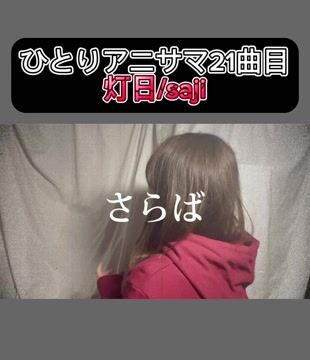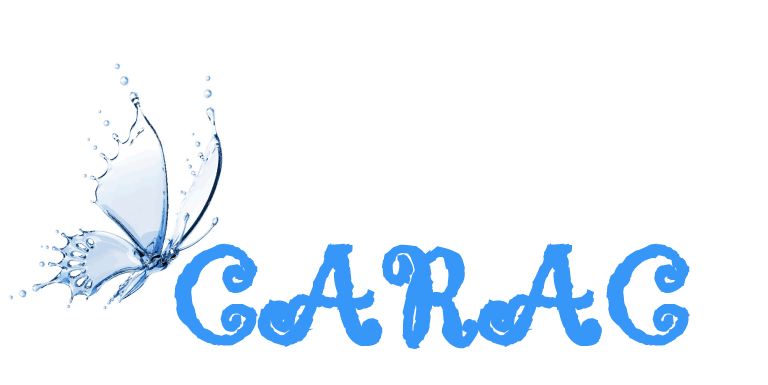Our lives are shaped in many ways by spinning events such as Earth turning around the Sun, or shift workers switching between day and night. Certain are obvious, while others are less obvious.
The majority of people are aware for instance that the Earth revolves around its axis approximately once every 24 hours. What’s less well known is that the rate of rotation varies little, which scientists have been able to observe using atomic clocks. This fluctuation makes the solar day feel shorter or more than it really is. Atomic clocks have to change the time regularly to adjust for this. This is referred to as leap seconds.
Another example of a rotating event is the Coriolis effect, which is the periodic wobbling of the Earth’s rotational axis when it orbits the Sun. This motion is what creates weather patterns, and why rides in fun parks such as Ferris wheel and carousels have to have a sturdy side to bar, also known as an axle.
Job rotation also lets employees experience to different workplaces and roles, which can increase their knowledge and skills as well as professional development. However, frequent shift changes can often disrupt team dynamics and cause stress as employees try to adapt to the new environment. Employers can implement strategies such as open communication and wellness programs to create a healthy working environment for their employees. Additionally, they could also think about using scheduling software to manage shift changes in a seamless way.









